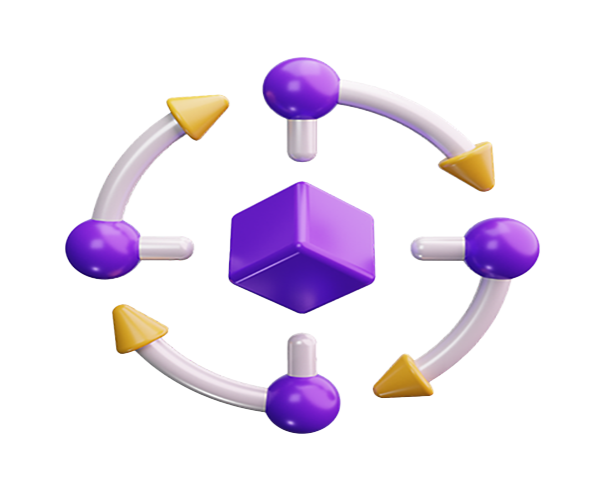For Modern Software Development
Selecting the right architecture style is crucial to the success of any application.Whether you’re an experienced developer or someone planning the technology for your company, knowing about different building styles can help you make better choices. This knowledge will help your application grow, be easier to manage, and work efficiently. Here are six popular building styles that are commonly used in software development today.
1. Monolithic Architecture.
Monolithic architecture is one of the oldest and simplest ways to build applications. In this approach, everything that makes up the app, like the user interface and the database is combined into one single piece that you can deploy all at once.
Advantages:
- It’s easy to create and launch for smaller apps.
- Troubleshooting and testing are simpler because everything is in one place.
Challenges:
- If you need to handle more users or data, you’re limited to making a single server more powerful.
- Making changes to one part of the app might mean you have to redo and redeploy everything.
Even though there are newer methods out there, monolithic systems are still a good choice for small teams and projects with clear and simple goals
2. Microservices Architecture
Microservices architecture is a way of building applications by breaking them down into small, separate parts that work together. Each part does a specific job and can be created, launched, and scaled on its own.
Advantages:
- It allows for more growth and flexibility.
- Different parts can use different programming languages and technologies.
Challenges:
- It can be more complicated to manage because the parts are spread out.
- You need strong monitoring and control tools, like Kubernetes, to keep everything running smoothly.
This approach is great for larger applications that need to be quick and able to grow, like online shopping sites or streaming services.
3. Serverless Architecture.
Serverless architecture means that developers don’t have to worry about managing servers or infrastructure—they can just focus on writing code. Services like AWS Lambda, Azure Functions, and Google Cloud Functions run the code when certain events happen, like a user clicking a button.
Advantages:
- It saves time and effort because you don’t have to manage servers.
- It can be cheaper because you only pay for the time your code is actually running.
Challenges:
- You might get stuck using one provider, which can make it hard to switch to another.
- Sometimes, the performance can be slower when the system has to “wake up” to run your code.
Serverless architecture is especially useful for apps that have fluctuating demands or that respond to specific events, like chatbots or Internet of Things (IoT) devices.
4. Event-Driven Architecture.
Event-driven architecture is all about creating, noticing, and reacting to events. In this setup, different parts of the system can talk to each other without needing to be connected all the time, often using tools like message queues or event buses.
Benefits:
- It allows various parts of the system to work independently, which makes it easier to grow and recover from errors.
- It processes events in real-time, which is great for applications like stock trading platforms or social media feeds.
Challenges:
- It requires a good understanding of how to design the flow of events and keep things consistent over time.
- Troubleshooting and testing can be tricky.
This type of architecture works best for systems that need to handle data quickly and respond instantly.
5. Layered (n-Tier) Architecture.
Layered architecture breaks an application into different levels, usually including the User Interface, the Business Logic, and the Database.
Advantages:
- Each layer has its own job, making it easier to manage and grow the application.
- You can work on and test each layer separately without affecting the others.
Challenges:
- If not set up properly, the layers can get too dependent on each other.
- There might be slowdowns because of the communication between layers.
Layered architecture is commonly used in big enterprise applications and is often one of the first styles that developers learn about.
6. Hexagonal Architecture (Ports and Adapters)
Hexagonal architecture is all about building a central part of the application that focuses on the main functions, without being tied to how it’s delivered or any outside tools it might use.
Benefits:
- Makes it easier to test the main functions on their own.
- Allows for easy changes if you want to use new platforms or technologies.
Drawbacks:
- You need a solid grasp of the specific principles from the start.
- It can make things more complicated for smaller projects.
This approach works well for applications that need to stay flexible and have strong core functions over time.
Picking the right way to build your project depends on what you want to achieve, the skills of your team, and how much you plan to grow in the future. Each building style has its pros and cons, but knowing the details can help you make smart choices. Are you ready to design your next amazing application?



